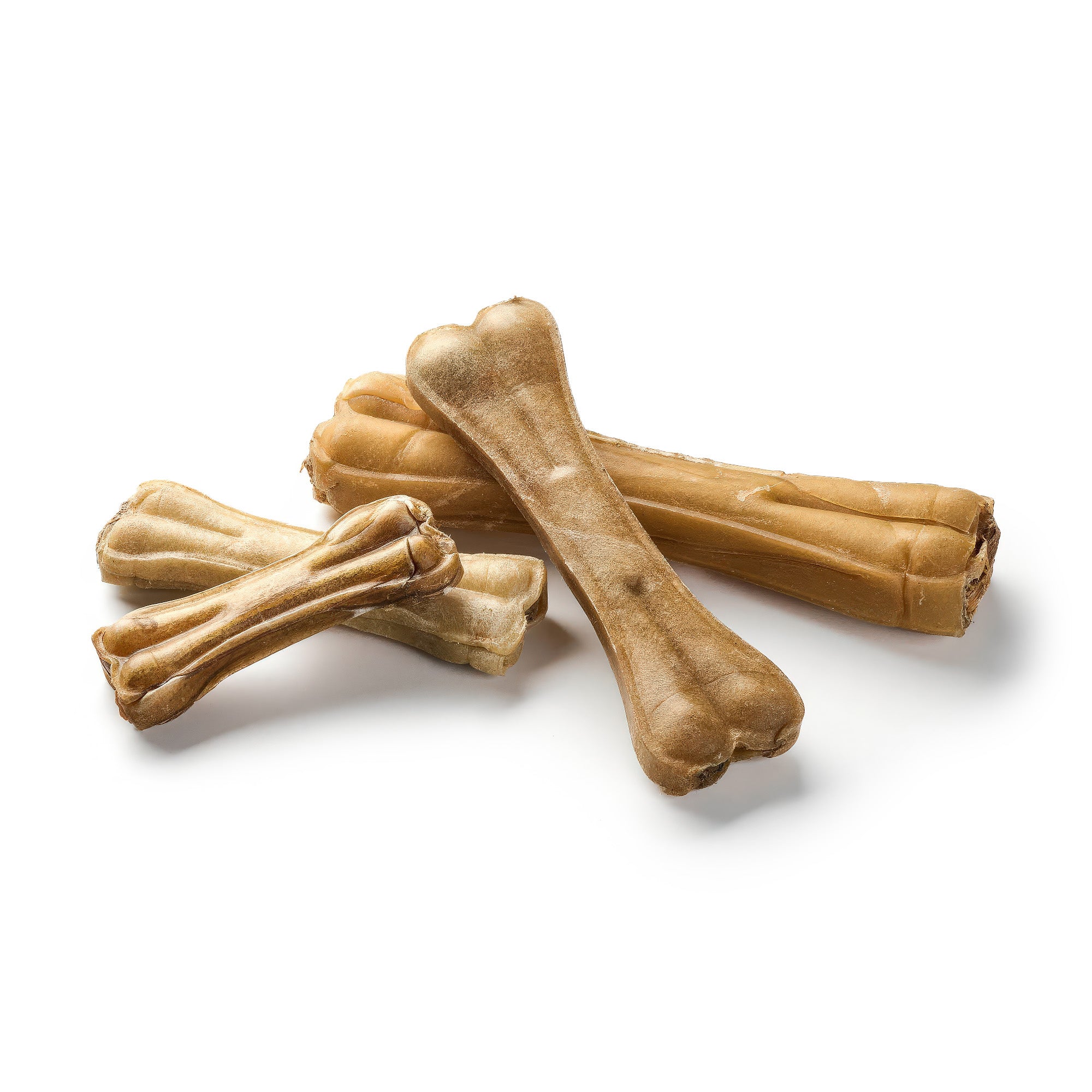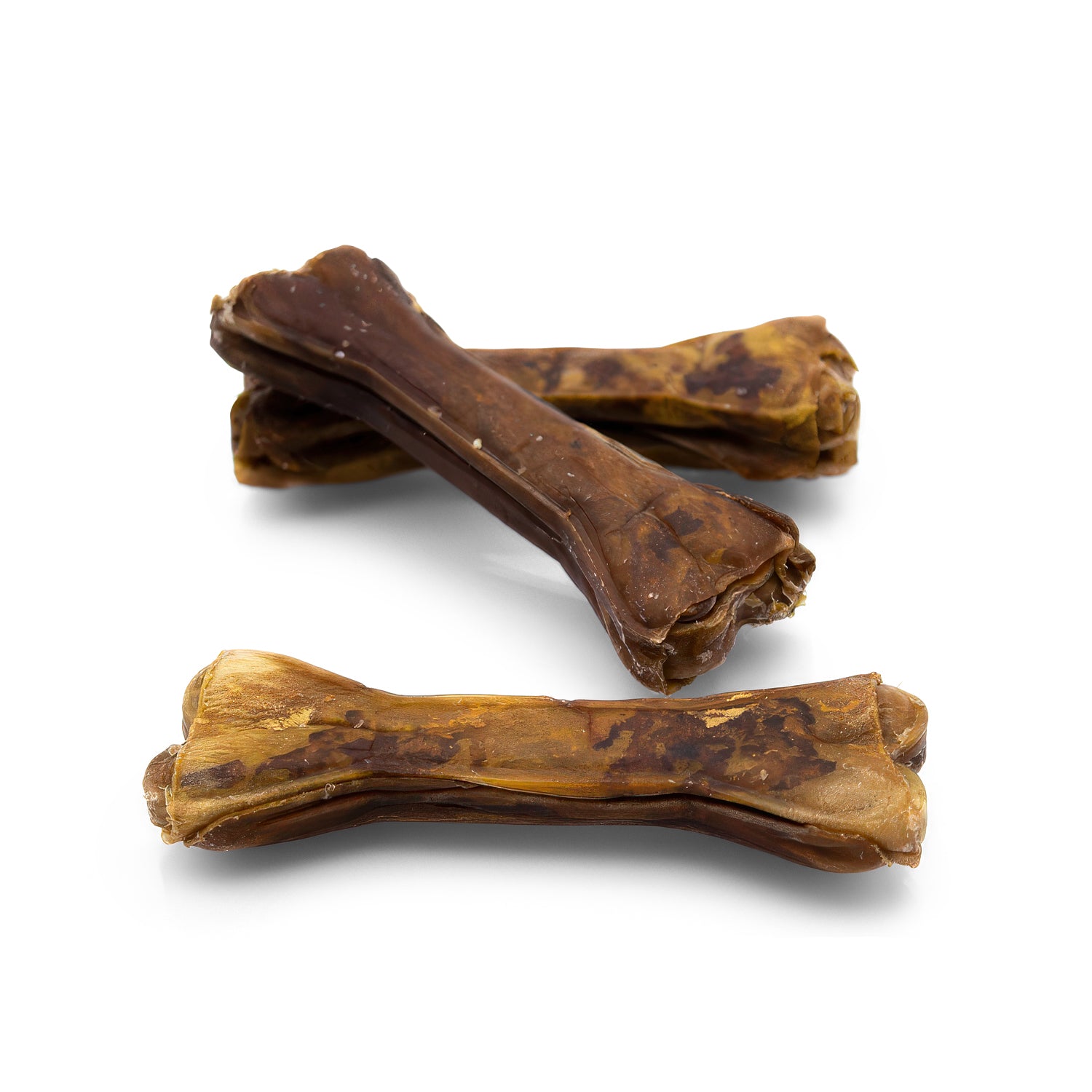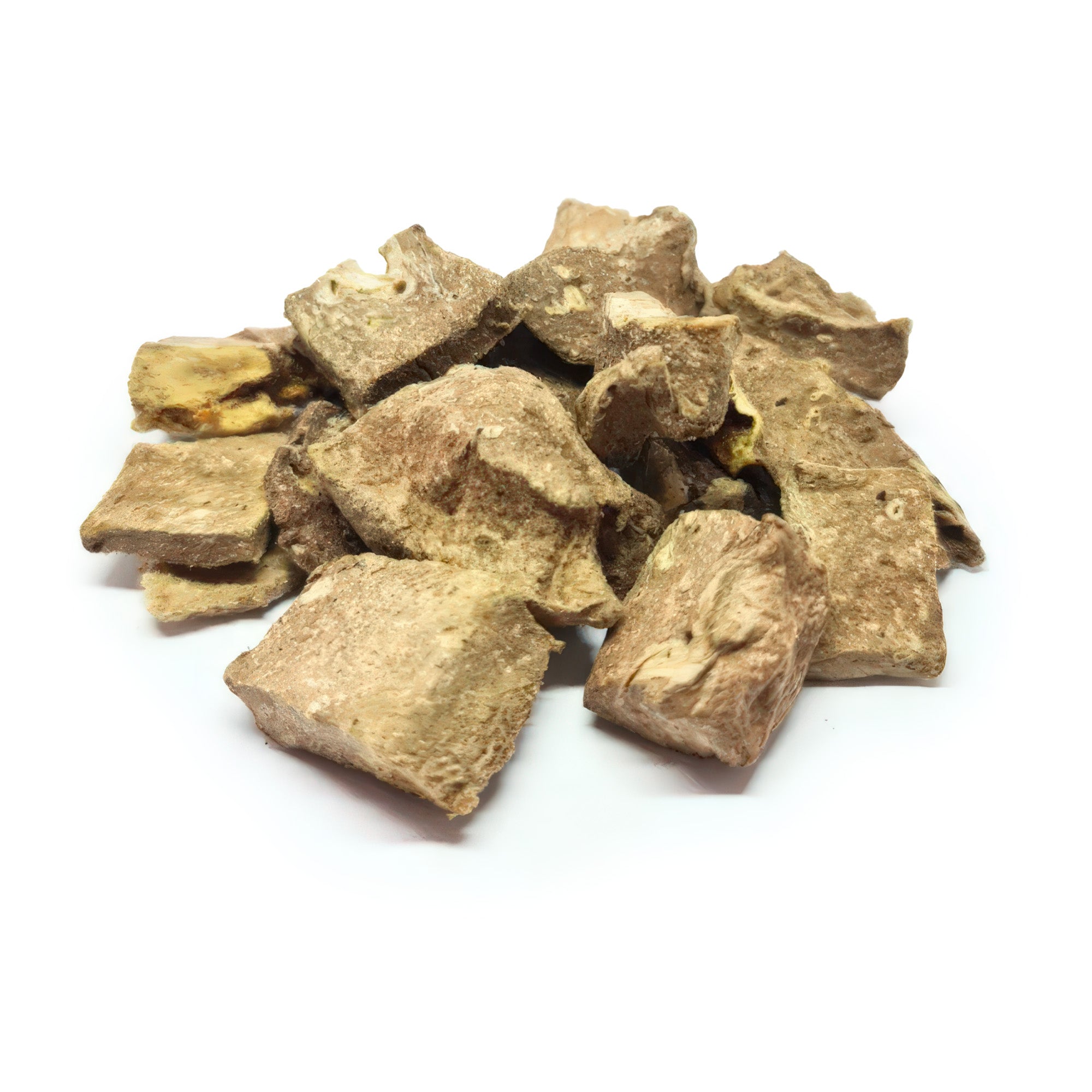
Life jackets for dogs and why they are important
Share
Whether it's a relaxing walk with your dog on the beach , an adventurous rubber dinghy tour across the open sea or a leisurely afternoon trip along the stream behind the house - shared activities near bodies of water offer valuable moments of joy and relaxation for you and your four-legged friend. But even in these beautiful moments, safety should come first. Water is full of dangers, from unexpected currents to deep spots to invisible risks beneath the water's surface, such as sharp stones or broken glass.
A life jacket for your dog is therefore an indispensable tool that offers protection and can be crucial in an emergency. It not only keeps your dog safe in dangerous situations, but also increases its visibility for other water users.
And they don't look bad either, because modern life jackets come in vibrant colors and trendy designs that are not only functional but also give your dog a stylish look. These practical accessories ensure that you can enjoy your time together by the water without any worries, while your dog is safe and well protected.
Contents: Life jackets for dogs and why they are important
- Why are life jackets important for dogs?
- Good and bad swimmers among dog breeds
- How to choose the right life jacket?
- Advanced safety tips for dogs around water
- Getting the dog used to the life jacket
- Conclusion
Enjoy moments together with our delicious dog chews!
Why are life jackets important for dogs?
Not all dogs are naturally good swimmers. While some breeds, such as retrievers or spaniels, have a natural inclination and ability to swim, others, such as bulldogs or dachshunds, often struggle with the water.
Even for breeds that are strong swimmers, a life jacket can be a lifesaver in an emergency. Strong currents, deep water, or exhaustion can pose dangers to even the most experienced swimming dog. A life jacket can be crucial in a variety of situations. Imagine you are taking a boat ride with your dog or hiking along a river. An unexpected fall into the water, especially in bad weather conditions or in unfamiliar waters, can quickly become dangerous.A life jacket not only provides the necessary buoyancy, but often also has a handle on the top that makes it easier to lift your dog out of the water. This significantly increases your dog's safety and enables quick and safe rescue in emergencies. This protective measure gives you as a dog owner additional security when you are at the water with your four-legged friend. By using a life jacket for your dog, you ensure that you can both experience relaxed and safe adventures on and in the water.
Good and bad swimmers among dog breeds
Some dog breeds, such as Labrador Retrievers and Golden Retrievers, are naturally gifted swimmers who love the water and do well in it. Their physical characteristics help them swim. Other breeds, such as bulldogs and dachshunds, have a body structure that makes swimming difficult for them.
Regardless of your dog's natural swimming ability, a life jacket is a smart safety measure. It provides buoyancy and improves visibility in the water, increasing the safety of all dogs during water activities.
Good swimmers among dog breeds
- Labrador Retriever : Known for their love of water and excellent swimming skills.
- Golden Retriever : Also excellent swimmers, often used for water rescue.
- Portuguese Water Dog: Originally bred to help fishermen with their work, they are very adept in the water.
- Chesapeake Bay Retriever : This breed has a dense, oily coat that keeps them warm and buoyant in the water.
- Newfoundland : Known for their rescue skills in the water, with a massive build well suited to swimming.
Make your dog happy with our delicious snacks!
Poor swimmers among dog breeds
- Bulldog: French and English bulldogs have difficulty swimming due to their short snouts and heavy, compact build.
- Pug : Similar to the bulldog, pugs are not effective swimmers due to their flat faces and short legs.
- Dachshunds : Their long bodies and short legs are not ideal for swimming.
- Basset Hound : Despite their passion for tracking scents, their short legs and heavy build do not make them conducive to swimming.
- Boxers : Although physically active and strong, their brachycephalic (short-snouted) features and high center of gravity make them less than good swimmers.
How to choose the right life jacket?
Choosing the right life jacket for your dog should be done carefully and thoughtfully to ensure maximum safety and comfort. Here are some important points to consider:- Fit: The vest should fit well without restricting your dog's movements. A well-fitting vest will prevent your dog from wriggling out of the vest and ensure that it works effectively in the water. Make sure you take your dog's measurements accurately and choose the vest accordingly.
- Buoyancy: It should provide enough buoyancy to keep your dog safely on the water's surface. The buoyancy must be sufficient to keep your dog's head above water without him having to actively swim. This is especially important for poor swimmers or in turbulent waters.
- Visibility: Bright colors and reflective strips are crucial to easily spot your dog in the water, especially in low light conditions or when you're out in larger bodies of water. These can help quickly locate and rescue your dog if necessary.
- Handling: Make sure the vest has handles for easy grasping and lifting if rescue is necessary. These handles should be strong enough to support your dog's weight and positioned so that they are easily accessible.
- Material and durability: Choose materials that are both durable and comfortable. The material should be water-resistant and quick-drying to avoid skin irritation and discomfort. Also check the seams and fasteners for durability and quality to ensure the vest will hold up to regular use.
- Ease of putting on and taking off: A good life jacket should be easy to put on so you can quickly put it on your dog, especially in an emergency situation. Models with adjustable straps and easy-to-use buckles are ideal.
By considering these factors, you can choose a life jacket that will keep your dog safe while you enjoy time on the water together.
Advanced safety tips for dogs around water
In addition to choosing the right life jacket, there are other important steps dog owners should take to maximize their four-legged friends' safety during water activities. These additional tips provide comprehensive preparation for safely dealing with emergencies on and in the water.- Emergency training: Regular dog training can help prepare your dog for unexpected situations in the water. Practice with your dog to stay calm and respond to commands even when he is in the water. This can be a lifesaver, especially if the dog is under stress.
- Get to know the area: Before taking your dog swimming in a new place, carefully check the area for potential hazards such as strong currents, steep banks or deep areas. Avoid places that could be dangerous for your dog.
- Supervision: Even when a dog is wearing a life jacket, it is crucial to never let him out of your sight. Always keep a watchful eye on your dog to make sure he is playing safely and is comfortable.
- Regularly check equipment: Your dog's life jacket should be checked regularly for wear and damage. Make sure all straps, buckles and buoyancy material are in good condition to be fully functional in an emergency.
Getting the dog used to the life jacket
It is not uncommon for some dogs to have trouble putting on a life jacket at first. To gently accustom your dog to the jacket and increase his acceptance, you can use the following strategies:
- Gradual introduction: Start by placing the life jacket near your dog so he can sniff it and get used to it. Leave the jacket in his environment for a few days before attempting to put it on him.
- Positive reinforcement: Use training snacks or chews to create positive associations with the life jacket.
- Short training sessions: Start by putting the vest on for short periods of time, and gradually increase the length of time as your dog becomes more comfortable. Make sure to make the experience as pleasant as possible and avoid forcing or stressing your dog.
- Fun and games: Incorporate the life jacket into playful activities to show your dog that it can be part of the fun. Wear it during short play or training sessions to help him get used to it.
- Continuous praise: Make sure you constantly praise and encourage your dog while he is wearing the vest. Your positive reaction will help him associate a good feeling with wearing the vest. However, use treats and snacks sparingly and purposefully in dog training .
By combining these techniques, you can help your dog feel comfortable and safe when wearing his life jacket. This is especially important to ensure that the jacket does its job in the event of a real emergency. And if your furry friend is not a water baby at all, you may be able to get him used to the water with our tips!
Conclusion
Investing in a life jacket for your dog is an essential step to ensure your four-legged friend is protected on all your water adventures. This simple measure can be crucial in an emergency and provides additional safety for both you and your dog. A life jacket is not only a symbol of your care and responsibility, but also an essential piece of equipment for every responsible dog owner.
Remember, safety always comes first, especially when it comes to loved ones who can't speak for themselves. So, before you head out to the water next time, make sure your best friend is fully protected. It's a smart decision that can make a big difference.
First-class dog chews for happy sniffing noses available here!















